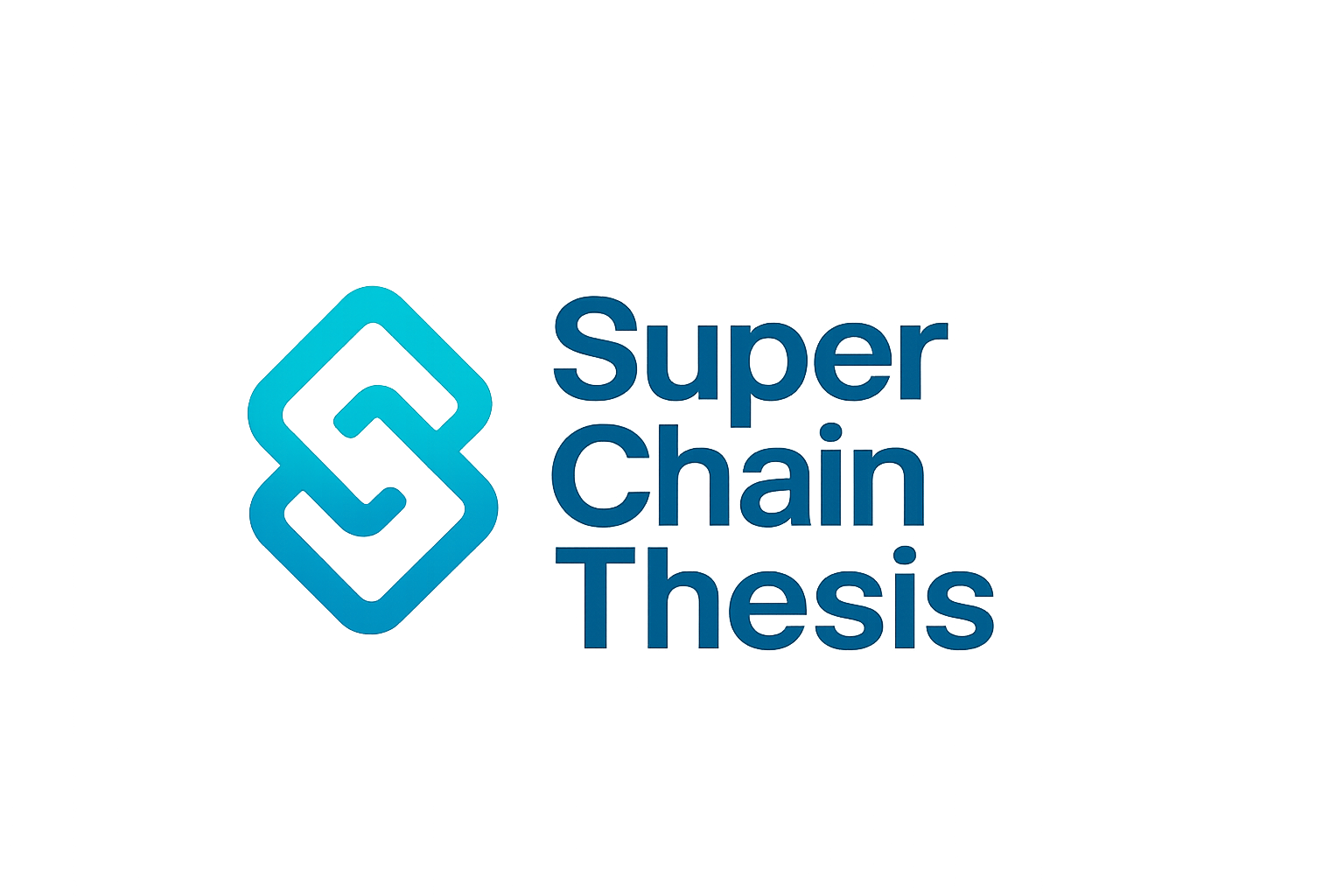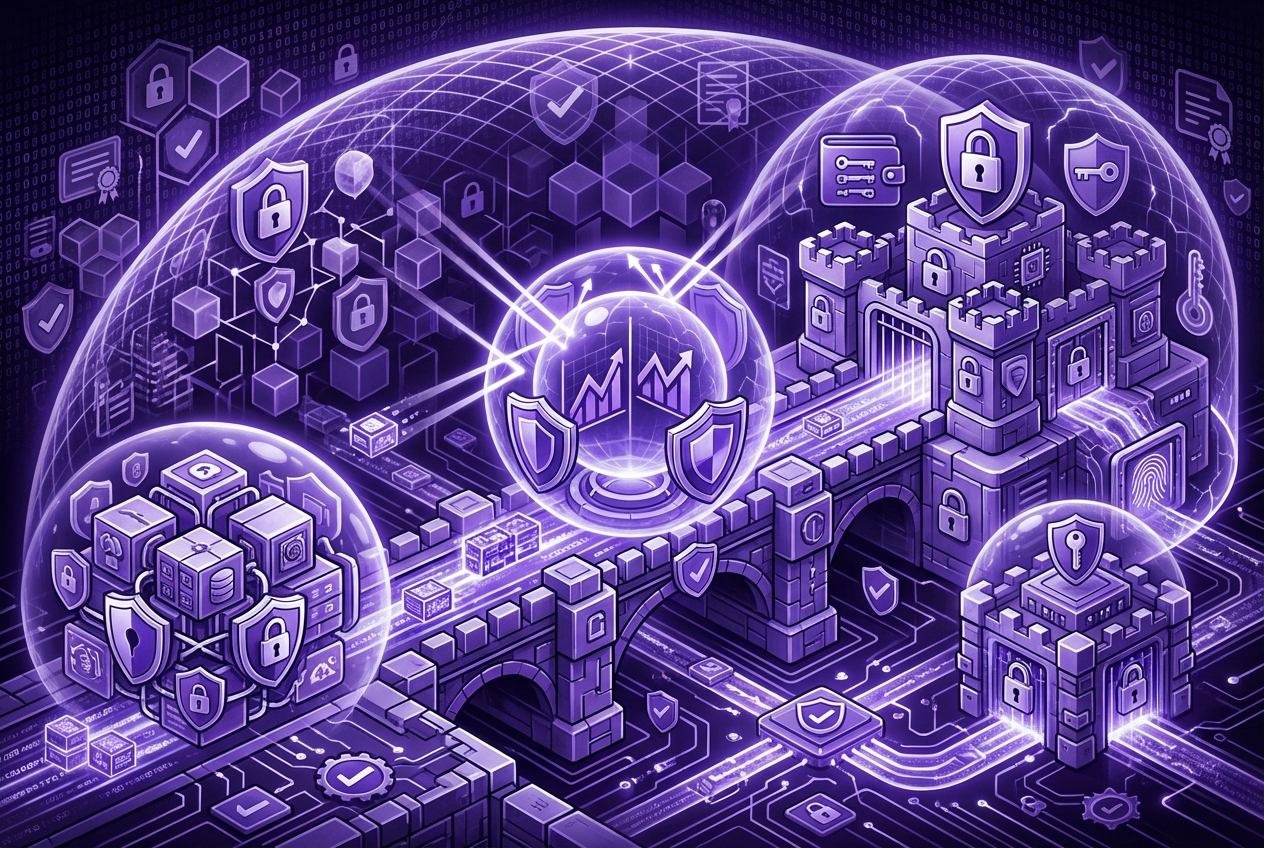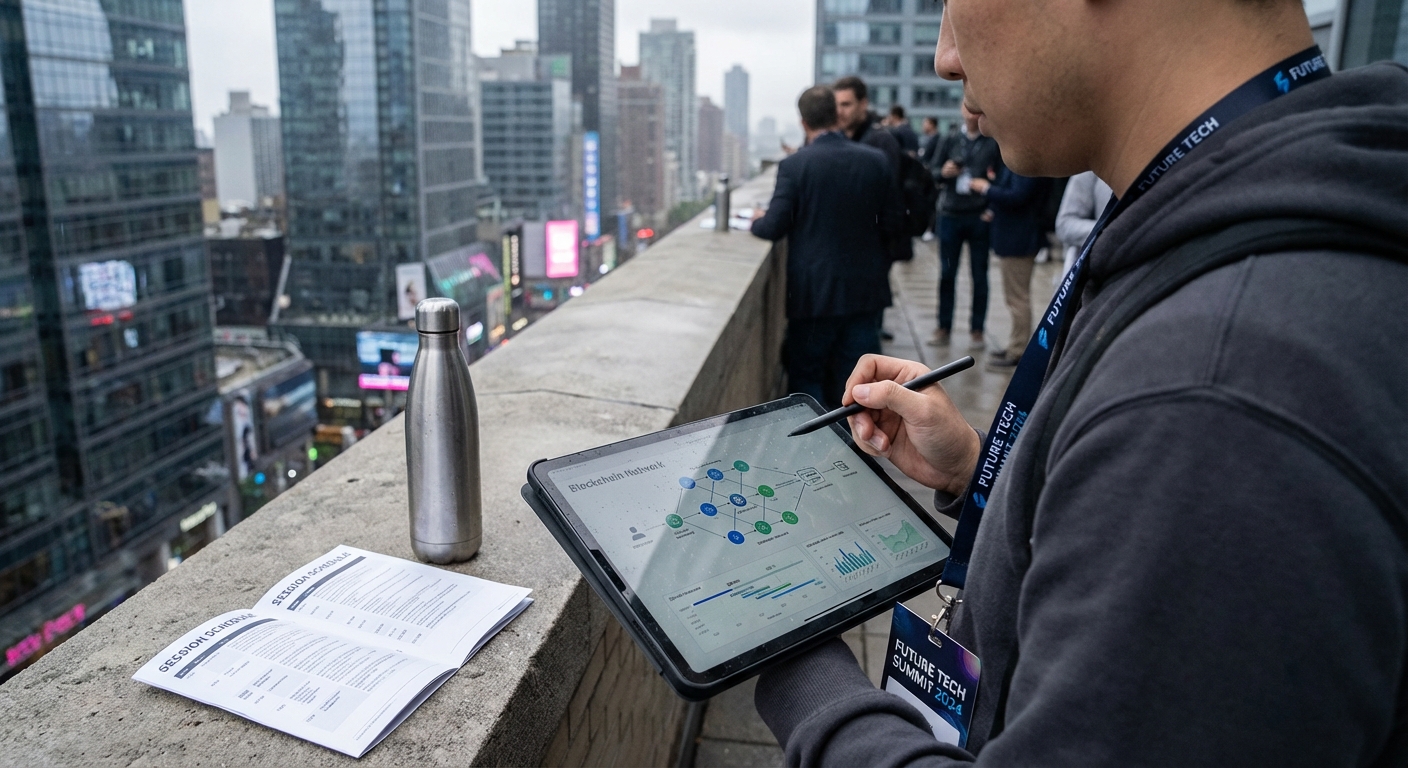
Horizontal scaling represents a paradigm shift in blockchain scalability, leveraging parallel rollups to process transactions simultaneously across multiple chains. Unlike vertical scaling, which attempts to squeeze more throughput from a single chain by increasing hardware or block size, horizontal scaling distributes the computational burden. This approach is at the heart of the multi-rollup architecture, now central to the OP Stack and Superchain vision, as well as other ecosystems like Tezos and emerging Hyperchains.

The Mechanics of Multi-Rollup Architectures
At its core, a multi-rollup architecture consists of several independent rollup instances operating concurrently. Each rollup handles its own batch of transactions off-chain and periodically posts compressed proofs or state roots back to the base layer (such as Ethereum). This design enables the network to process far more transactions per second than any single rollup could achieve alone.
This parallelism is not just theoretical: Tezos recently demonstrated that running 1,000 smart rollups in parallel can dramatically increase throughput, providing a real-world proof point for horizontal scaling. The OP Stack’s roadmap similarly envisions an ecosystem where new app-specific or general-purpose rollups can be deployed on demand, each contributing additional capacity to the shared network.
“Horizontal scalability means simply deploying multiple app-rollups. . . horizontal scaling to adjust the total rollup throughput based on demand. “ – Alliance or Crypto Accelerator
Key Components Enabling Horizontal Scaling
Key Components of Multi-Rollup Architectures
-

Parallel Rollup Instances: Multiple rollups operate concurrently, each processing a subset of transactions off-chain and periodically submitting compressed data to the main blockchain. This parallelism is fundamental to horizontal scaling, distributing computational load and increasing throughput.
-
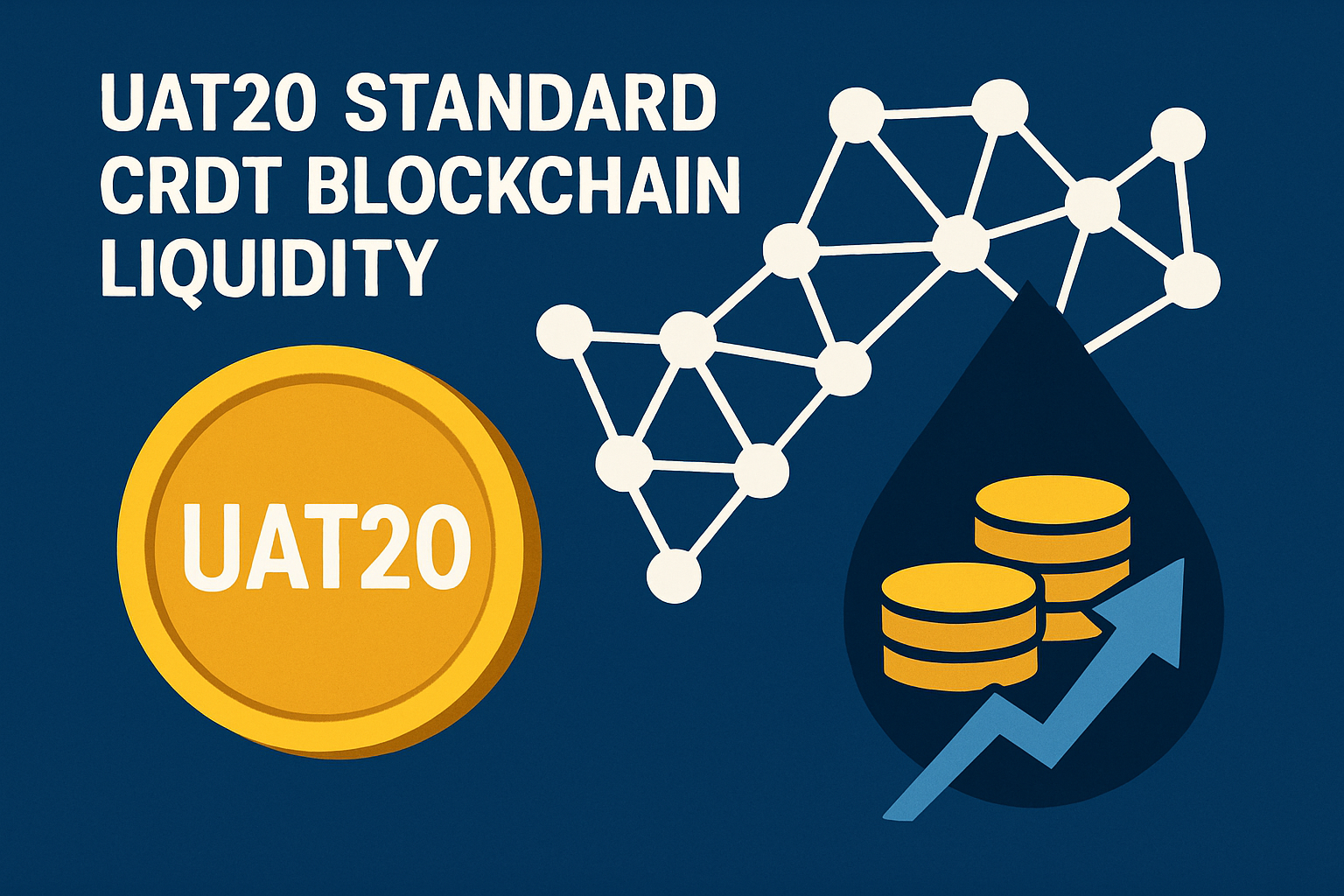
Shared Liquidity and Interoperability Mechanisms: Solutions like the UAT20 standard utilize Conflict-free Replicated Data Types (CRDTs) to unify liquidity across rollups, ensuring consistent states and mitigating liquidity fragmentation.
-
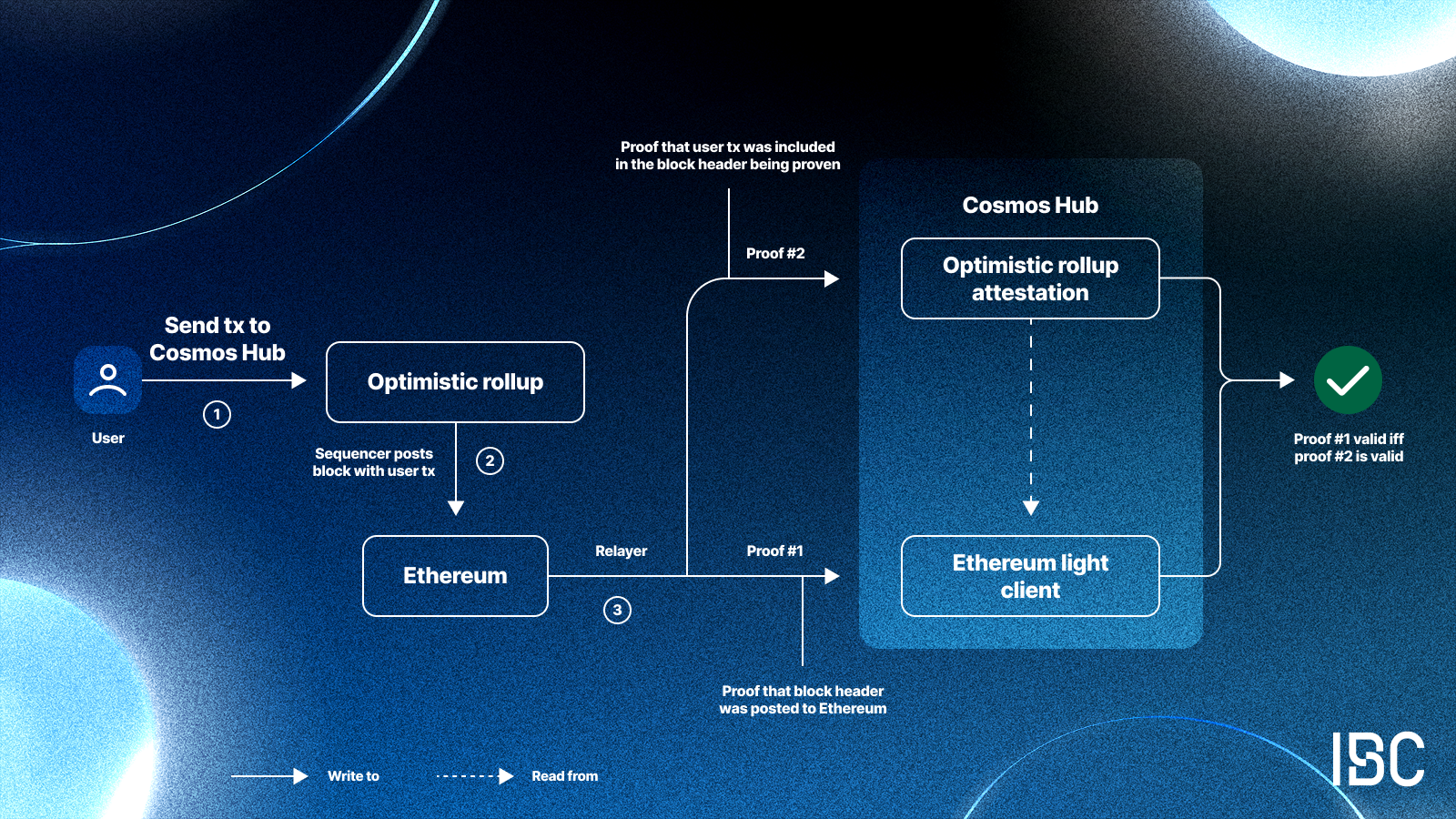
Cross-Rollup Communication Protocols: Protocols such as two-phase commit enable secure and consistent transaction processing between rollups, supporting seamless asset transfers and message passing.
-
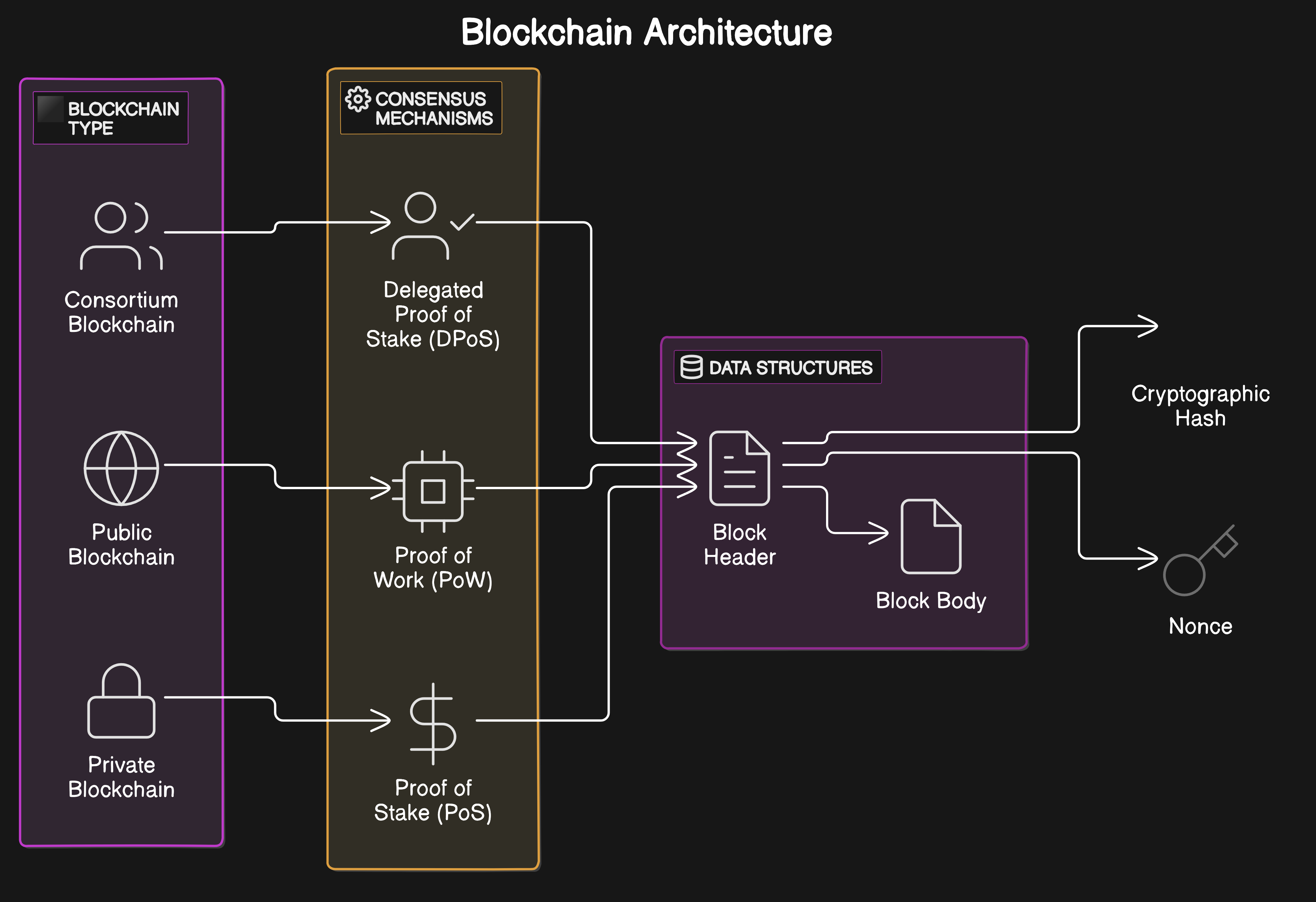
Security and Consensus Layers: Each rollup inherits security from the underlying Layer 1 blockchain. Architectures like Ostraka employ node sharding to enhance scalability while maintaining robust consensus and security guarantees.
-
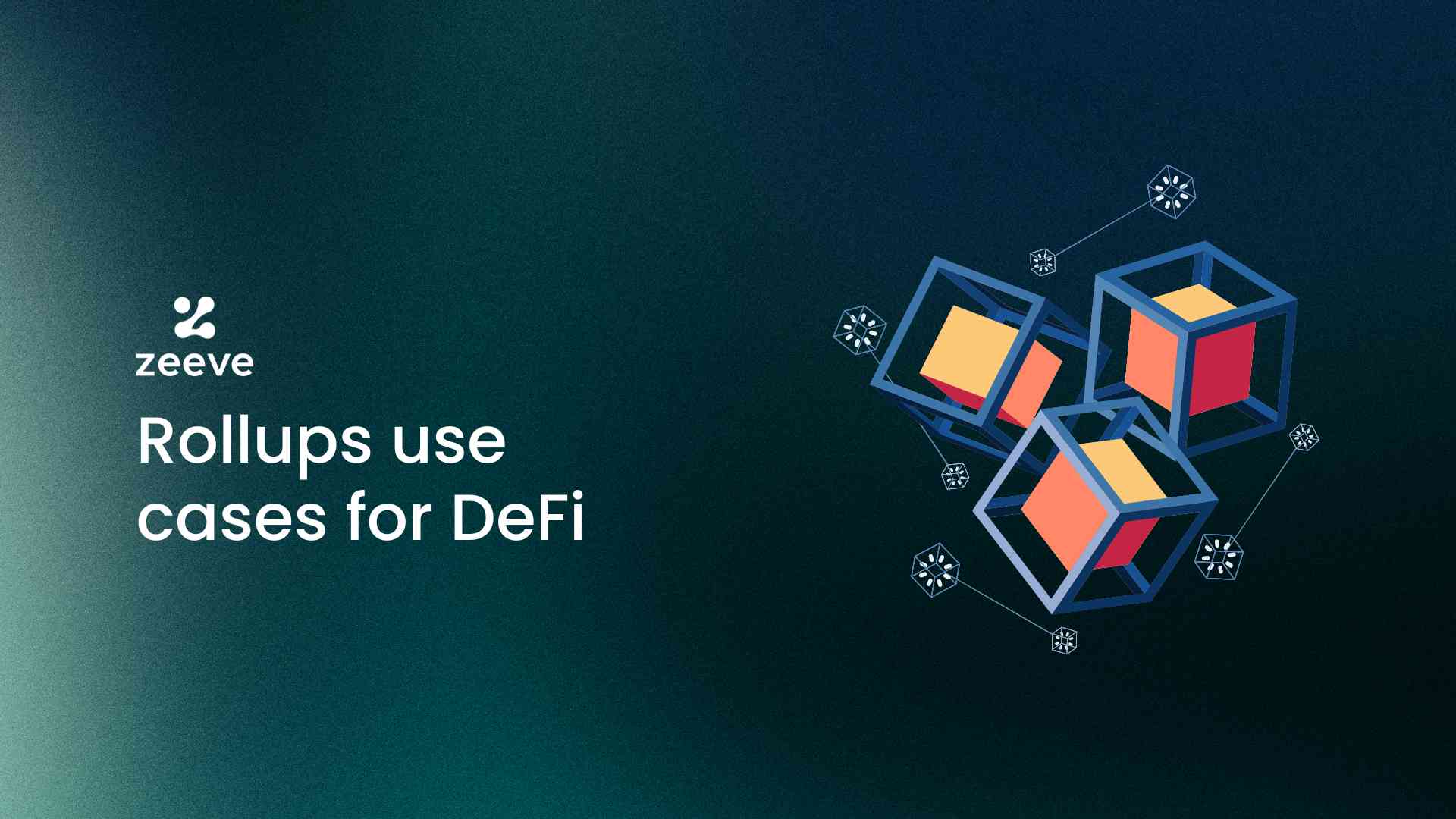
Rollup-Specific Customization: Multi-rollup frameworks allow for specialized rollups tailored to distinct applications or use cases, enabling optimization for performance, privacy, or compliance within a unified ecosystem.
The effectiveness of horizontal scaling depends on several technical pillars:
- Parallel Rollup Instances: Multiple chains run side by side, each executing transactions independently but submitting data to a common L1 for security.
- Shared Liquidity and Interoperability: Standards like UAT20 utilize CRDTs (Conflict-free Replicated Data Types) to ensure assets remain fungible and liquid across all rollups, addressing fragmentation risk (source).
- Cross-Rollup Communication: Two-phase commit protocols and message bridges allow seamless transfers and composability between distinct rollups without sacrificing security (source).
- Security and Consensus: Innovations like Ostraka node sharding enable each rollup to scale independently while inheriting robust consensus from Layer 1 (source).
The Benefits and Trade-Offs of Parallel Rollups
The most immediate benefit of this architecture is enhanced scalability. By distributing transaction processing across many parallel threads (rollups), networks can support thousands or even millions of users without congestion or high fees. This model also reduces latency, transactions are confirmed faster since they don’t compete for blockspace on a single chain.
Flexibility is another key advantage: Individual rollups can be optimized for specific use cases (DeFi, gaming, privacy), all while remaining interoperable within the broader superchain environment. This modularity fosters innovation at the application level without forcing trade-offs at the protocol layer.
Pros and Cons of Horizontal vs Vertical Scaling
-
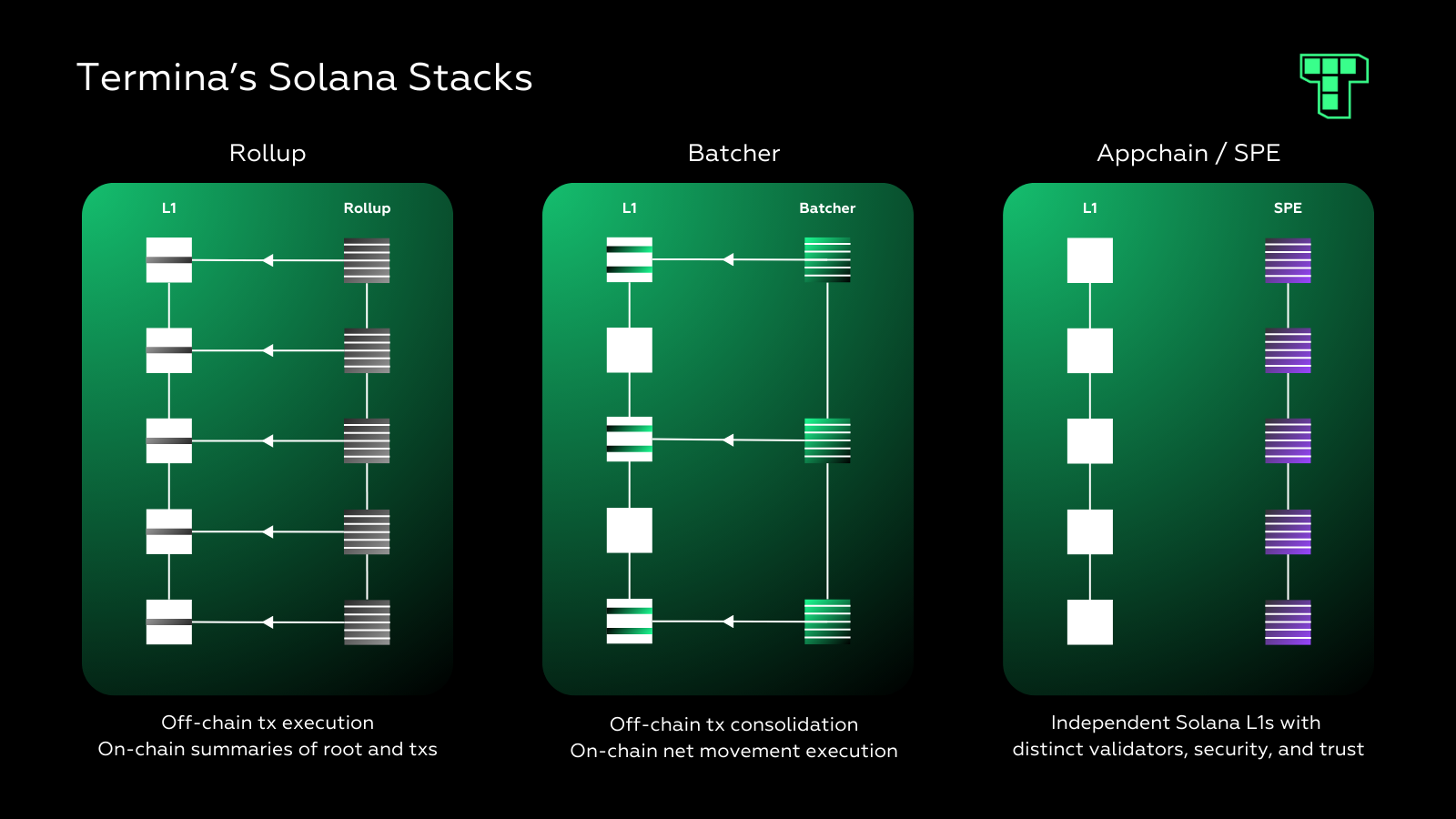
Horizontal Scaling (Multi-Rollup Architectures): Pros: Enhanced Scalability: Parallel rollups allow networks like Ethereum and Tezos to process significantly more transactions by distributing the load across multiple rollup instances.Reduced Latency: Processing transactions in parallel minimizes confirmation times, resulting in a more responsive user experience.Flexibility and Customization: Different rollups can be optimized for specific applications or use cases, supporting diverse needs within the same network.
-
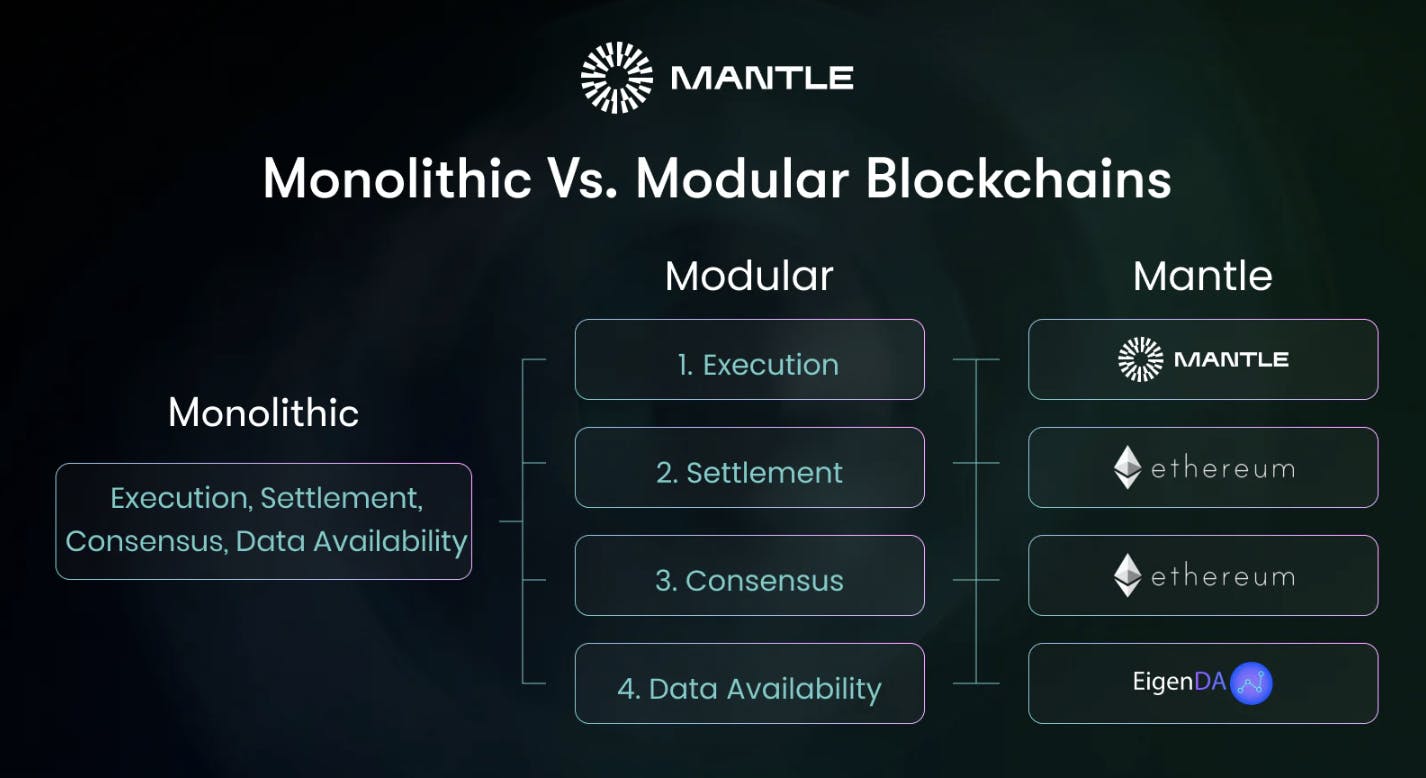
Horizontal Scaling (Multi-Rollup Architectures): Cons: Liquidity Fragmentation: Distributing transactions across multiple rollups can fragment liquidity, complicating trading and DeFi operations. Solutions like the UAT20 standard and CRDTs are being developed to address this.Complex Cross-Rollup Coordination: Secure and efficient communication between rollups requires advanced protocols (e.g., two-phase commit), increasing architectural complexity.Security Challenges: While rollups inherit security from Layer 1, increased complexity and parallelism can introduce new attack vectors if not carefully managed.
-
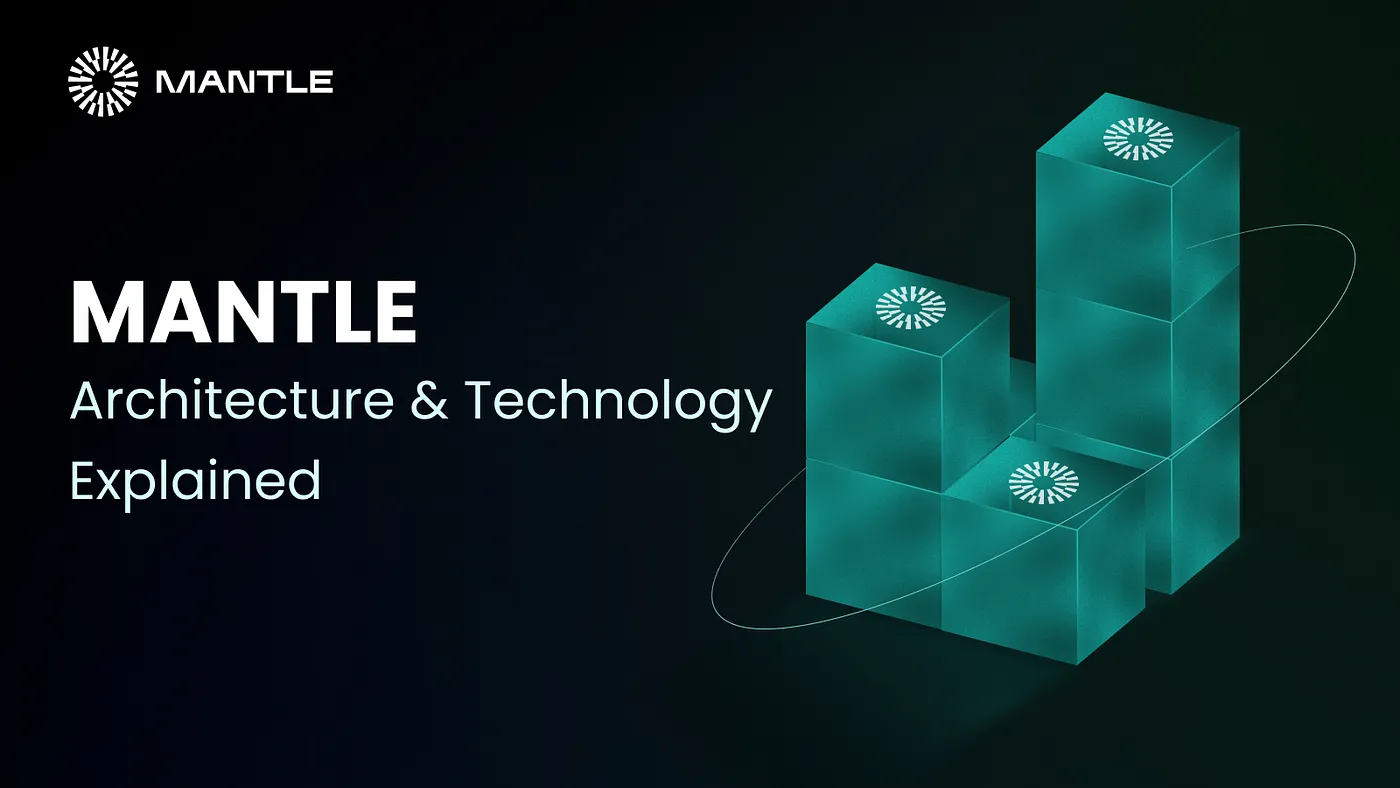
Vertical Scaling (Increasing Node Capacity): Pros: Simplicity: Upgrading hardware or optimizing software on individual nodes is straightforward and does not require changes to network architecture.Unified Liquidity: All transactions occur on a single chain, avoiding fragmentation and simplifying asset management.
-
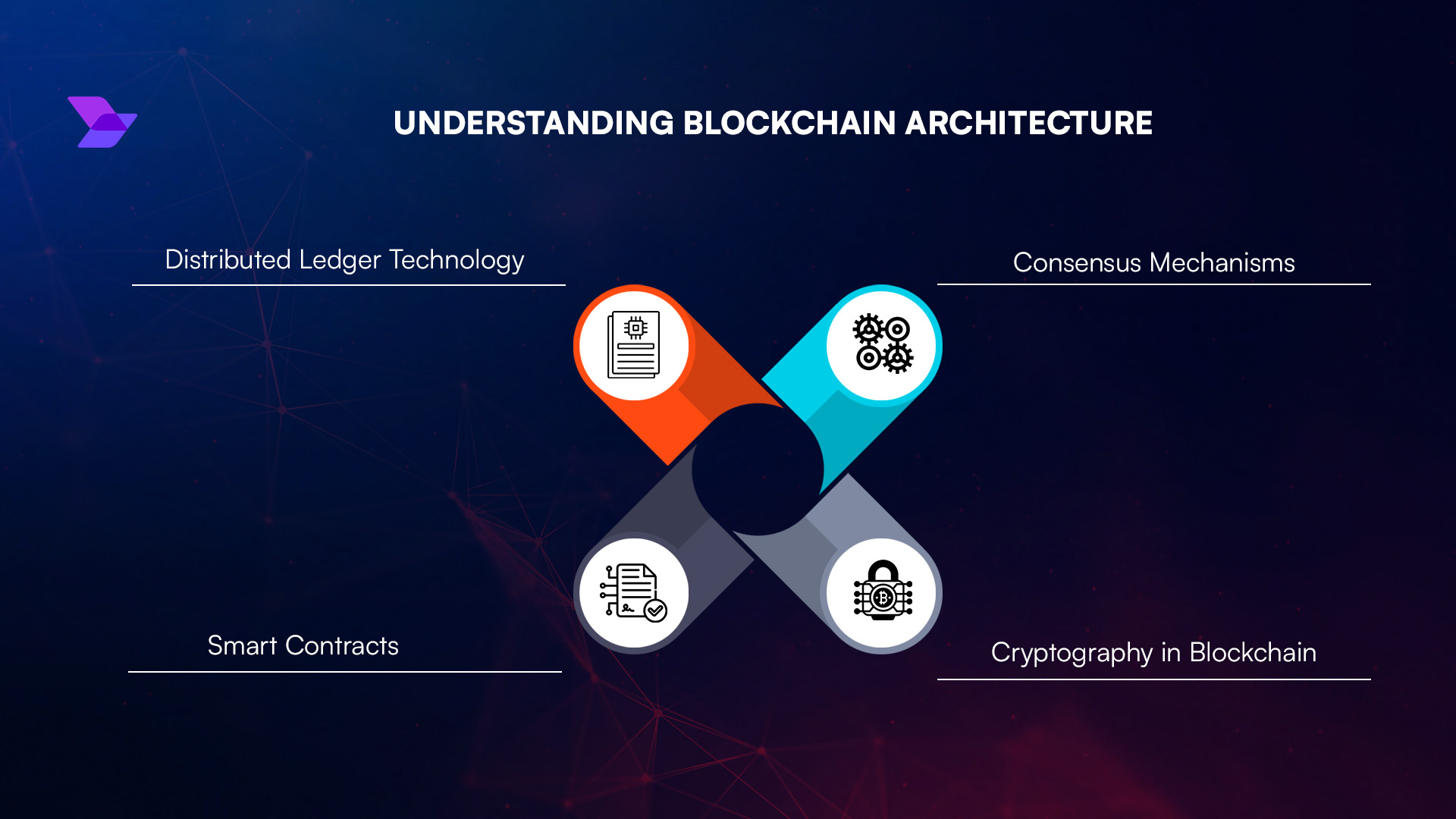
Vertical Scaling (Increasing Node Capacity): Cons: Limited Scalability: There are physical and economic limits to how much a single node can be upgraded, leading to bottlenecks as demand grows.Centralization Risk: High hardware requirements can reduce the number of participants able to run nodes, threatening network decentralization.
The trade-offs are nontrivial. Liquidity fragmentation remains a challenge, splitting activity across many chains can dilute market depth unless mechanisms like UAT20 are adopted universally. Cross-rollup communication introduces complexity; secure interoperability requires sophisticated bridging protocols and careful consensus design.
Despite these challenges, the momentum behind horizontal scaling is undeniable. The convergence of rollup-centric roadmaps across major ecosystems, from the OP Stack to Tezos and experimental protocols like QED’s PARTH, signals a broad industry shift toward parallelism as the only sustainable path for blockchain scalability. As more projects deploy their own rollups, the superchain vision moves closer to reality: a unified, highly performant network composed of many interoperable chains.
Emerging Solutions and Ecosystem Developments
Recent innovations are addressing the thorniest issues facing multi-rollup architectures. For instance, the adoption of CRDT-based standards such as UAT20 provides a template for maintaining consistent asset states and mitigating liquidity fragmentation across multiple rollups (source). Meanwhile, advanced communication protocols are being trialed to allow atomic cross-rollup transactions with minimal trust assumptions. These developments are not just theoretical; they’re being battle-tested in live environments.
Security models are also evolving. While each rollup inherits security from Layer 1, node sharding techniques, like those proposed in Ostraka, enable independent scaling of validator sets without compromising the overall trust model (source). This dual focus on scalability and security is critical as networks seek to onboard mainstream applications without reintroducing single points of failure.
The User Experience Frontier: Rollup UX in a Multi-Rollup World
The technical underpinnings of horizontal scaling must ultimately serve one goal: seamless rollup UX. For users and developers alike, frictionless movement between rollups, whether for trading assets or composing dApps, is non-negotiable. Solutions like unified wallets, abstracted bridging protocols, and cross-rollup liquidity pools are rapidly maturing to meet this demand.
App-specific rollups can deliver tailored performance while still tapping into shared security and liquidity pools. This means DeFi users can interact with high-throughput DEXs on one rollup and privacy-focused applications on another, all within a single wallet interface. The endgame is an experience indistinguishable from using a single chain, even as activity spans dozens or hundreds of parallel rollups.
Outlook: Scaling Beyond Limits
The trajectory for blockchain scalability now clearly favors horizontal scaling via parallel rollups. As standards mature and interoperability improves, we can expect throughput ceilings to rise exponentially, without sacrificing decentralization or composability. The superchain era will be defined by its ability to accommodate explosive growth in both users and use cases through modular expansion rather than monolithic upgrades.
The transition won’t be seamless or instantaneous; it demands rigorous protocol engineering and ecosystem-wide coordination. But the practical successes already demonstrated by projects like Tezos X, with its 1,000 and parallel smart rollups, and ongoing research into zero-knowledge-based horizontal scalability (see QED Protocol) offer compelling evidence that multi-rollup architectures are not just possible but inevitable.
The future belongs to networks that scale horizontally, not by making any one chain bigger or faster but by multiplying capacity through many interoperable chains working together.
